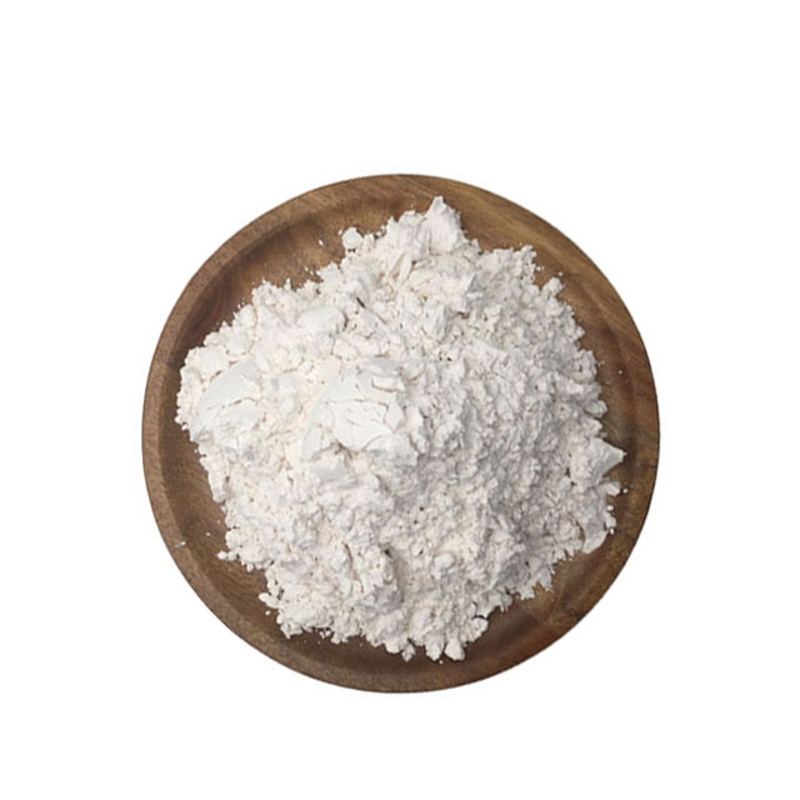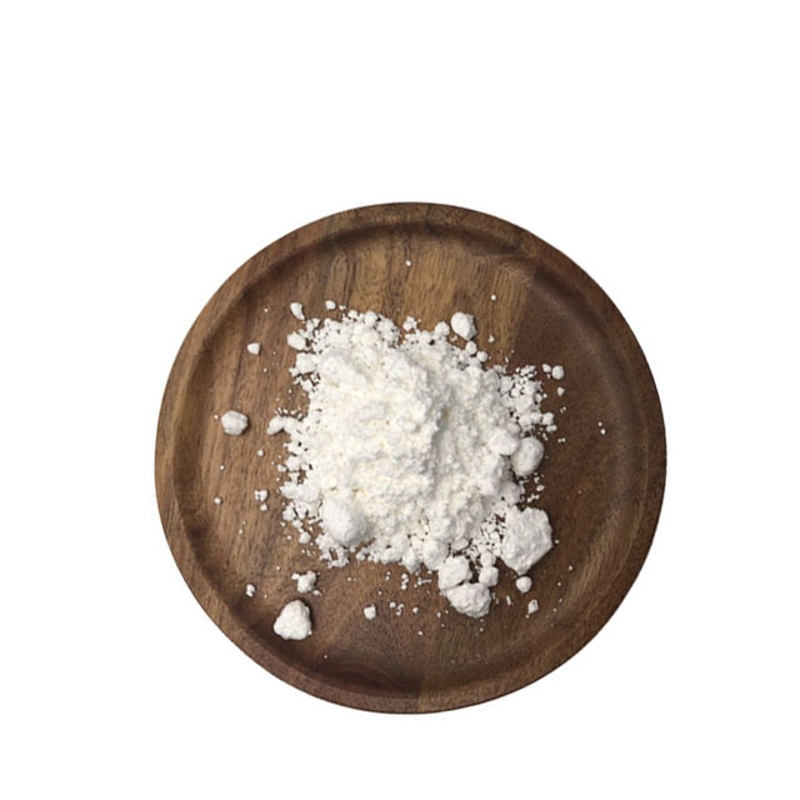-
Categories
-
Pharmaceutical Intermediates
-
Active Pharmaceutical Ingredients
-
Food Additives
- Industrial Coatings
- Agrochemicals
- Dyes and Pigments
- Surfactant
- Flavors and Fragrances
- Chemical Reagents
- Catalyst and Auxiliary
- Natural Products
- Inorganic Chemistry
-
Organic Chemistry
-
Biochemical Engineering
- Analytical Chemistry
- Cosmetic Ingredient
-
Pharmaceutical Intermediates
Promotion
ECHEMI Mall
Wholesale
Weekly Price
Exhibition
News
-
Trade Service
Yimaitong compiles and organizes, please do not reprint without authorization.
Cat scratch disease (CSD), also known as cat claw fever, is a benign, self-limiting lymphatic disease caused by Bartonella hanseii infection.
In most cases, the disease can heal itself within 2-4 weeks, but it is also A more serious disseminated disease may occur.
This article introduces the clinical manifestations, evaluation, and treatment of cat scratch disease to facilitate your further understanding.
Clinical manifestations of CSD CSD is a zoonotic disease, and its pathogen is mainly Bartonella hanseatica.
Cats, dogs, and mice are the main hosts of Bartonella.
Cat scratches or bites (especially kittens) are the main way for the disease to spread from cats to humans, and it can also be spread through flea bites.
The disease is more common in young patients.
The disease usually has a history of being scratched and bitten by a cat or close contact with a cat.
The clinical manifestations are generally one to several erythematous papules appear locally on the scratch and bite of the cat after 3 to 7 days, the pain is not significant, and a few papules It turns into blisters or pustules, which can occasionally puncture to form small ulcers, leaving short-lived pigmentation or scabs to heal after 1 to 3 weeks.
1 to 2 weeks after the scratch infection, the lymph nodes in the drainage area show swelling, which is common in the head and neck, axilla, groin, etc.
Swollen lymph nodes generally resolve spontaneously within 2 to 4 months, and a few can continue for several months.
Systemic manifestations include low-grade fever, headache, chills, fatigue, anorexia, nausea, or vomiting.
Patients with disseminated disease can have a series of complications, especially in the elderly or those with weakened immune function.
Extra-lymph node metastasis can occur, causing systemic disease.
Skin, lymph, and internal organs can be affected, but the eye and nervous system are relatively rare.
Internal organ involvement may involve the liver, spleen, and kidneys, and is accompanied by fever, weight loss, and abdominal pain.
In adults, only a few CSD patients with normal immune function will have liver and spleen involvement.
The main manifestations of eye diseases are optic neuroretinitis, conjunctivitis or retinal vascular inflammation.
Nervous system complications of CSD include ataxia, cranial nerve palsy, or Alzheimer's-like symptoms, and children present with encephalitis or aseptic meningitis.
Diagnosis and evaluation of CSD The diagnostic criteria for CSD include at least three aspects: ① a history of cat contact or cat scratch; ② positive skin test on the cat scratch; ③ localized lymphangitis and exclude other causes of lymphangitis, lymph nodes The biopsy has typical histopathological damage.
The typical pathological manifestation is granulomatous inflammation with a small central abscess.
It is worth noting that when there is a correlation, the differential diagnosis of fever of unknown origin (FUO) needs to consider CSD.
A suspected diagnosis can be made through medical history and typical clinical manifestations.
Serological tests such as enzyme immunoassay and indirect fluorescence analysis can help confirm the diagnosis.
A negative serological test cannot rule out CSD in highly suspicious cases.
Imaging examination is a necessary means for visceral involvement in CSD.
Ultrasound, CT, and MRI can be used to assess liver, spleen, and kidney involvement, as well as follow-up and assessment of treatment response.
Differential diagnosis of CSD The differential diagnosis of CSD includes the causes of acute, subacute and chronic lymphadenopathy.
In fungal infections, leishmaniasis, and nocardiosis, skin papules similar to those at the scratch and bite site may appear.
In patients with immune insufficiency, multiple sources of infection must be considered.
Treatment of CSD CSD is self-limiting, and mild cases do not require treatment.
Supportive measures include antipyretics and anti-inflammatory drugs, as well as debridement and disinfection of scratches and bites.
For mild to moderate patients with normal immune function, a course of treatment with azithromycin may be required.
For severe diseases such as high fever, encephalitis and immunodeficiency (HIV infection, etc.
), it is advisable to use antibiotic combination therapy in time, and the time should be more than 2 weeks. Optional antibiotics include rifampicin, trimethoprim-sulfisoxazole, and ciprofloxacin.
It is worth noting that CSD is a common cause of lymphadenopathy, especially in children.
A comprehensive medical history and physical examination and a high degree of suspicion are helpful for diagnosis.
In the evaluation and treatment of the patient, the age and comorbidities of the patient need to be combined.
In 90%-95% of pediatric patients, CSD can be completely relieved only by controlling symptoms through supportive measures.
Cutting off the spread of Bartonella hanseii between different cats through fleas can reduce human infections.
References: 1.
Baranowski K, Huang B.
Cat Scratch Disease.
[Updated 2020 Jun 23].
In: StatPearls [Internet].
Treasure Island (FL): StatPearls Publishing; 2021 Jan-2.
Sun He.
Lu Guangzhong Li Qiang.
A case of cat claw fever.
Chinese Journal of Infectious Diseases.
2018.
36(4): 248-249.
3.
Klotz SA, Ianas V, Elliott SP: Cat-scratch disease.
Am Fam Physician.
2011, 83:152-5.
4.
Nakamura C , Inaba Y, Tsukahara K, et al.
A pediatric case with peripheral facial nerve palsy caused by a granulomatous lesion associated with cat scratch disease.
Brain Dev, 2018, 40(2):159-162.
Cat scratch disease (CSD), also known as cat claw fever, is a benign, self-limiting lymphatic disease caused by Bartonella hanseii infection.
In most cases, the disease can heal itself within 2-4 weeks, but it is also A more serious disseminated disease may occur.
This article introduces the clinical manifestations, evaluation, and treatment of cat scratch disease to facilitate your further understanding.
Clinical manifestations of CSD CSD is a zoonotic disease, and its pathogen is mainly Bartonella hanseatica.
Cats, dogs, and mice are the main hosts of Bartonella.
Cat scratches or bites (especially kittens) are the main way for the disease to spread from cats to humans, and it can also be spread through flea bites.
The disease is more common in young patients.
The disease usually has a history of being scratched and bitten by a cat or close contact with a cat.
The clinical manifestations are generally one to several erythematous papules appear locally on the scratch and bite of the cat after 3 to 7 days, the pain is not significant, and a few papules It turns into blisters or pustules, which can occasionally puncture to form small ulcers, leaving short-lived pigmentation or scabs to heal after 1 to 3 weeks.
1 to 2 weeks after the scratch infection, the lymph nodes in the drainage area show swelling, which is common in the head and neck, axilla, groin, etc.
Swollen lymph nodes generally resolve spontaneously within 2 to 4 months, and a few can continue for several months.
Systemic manifestations include low-grade fever, headache, chills, fatigue, anorexia, nausea, or vomiting.
Patients with disseminated disease can have a series of complications, especially in the elderly or those with weakened immune function.
Extra-lymph node metastasis can occur, causing systemic disease.
Skin, lymph, and internal organs can be affected, but the eye and nervous system are relatively rare.
Internal organ involvement may involve the liver, spleen, and kidneys, and is accompanied by fever, weight loss, and abdominal pain.
In adults, only a few CSD patients with normal immune function will have liver and spleen involvement.
The main manifestations of eye diseases are optic neuroretinitis, conjunctivitis or retinal vascular inflammation.
Nervous system complications of CSD include ataxia, cranial nerve palsy, or Alzheimer's-like symptoms, and children present with encephalitis or aseptic meningitis.
Diagnosis and evaluation of CSD The diagnostic criteria for CSD include at least three aspects: ① a history of cat contact or cat scratch; ② positive skin test on the cat scratch; ③ localized lymphangitis and exclude other causes of lymphangitis, lymph nodes The biopsy has typical histopathological damage.
The typical pathological manifestation is granulomatous inflammation with a small central abscess.
It is worth noting that when there is a correlation, the differential diagnosis of fever of unknown origin (FUO) needs to consider CSD.
A suspected diagnosis can be made through medical history and typical clinical manifestations.
Serological tests such as enzyme immunoassay and indirect fluorescence analysis can help confirm the diagnosis.
A negative serological test cannot rule out CSD in highly suspicious cases.
Imaging examination is a necessary means for visceral involvement in CSD.
Ultrasound, CT, and MRI can be used to assess liver, spleen, and kidney involvement, as well as follow-up and assessment of treatment response.
Differential diagnosis of CSD The differential diagnosis of CSD includes the causes of acute, subacute and chronic lymphadenopathy.
In fungal infections, leishmaniasis, and nocardiosis, skin papules similar to those at the scratch and bite site may appear.
In patients with immune insufficiency, multiple sources of infection must be considered.
Treatment of CSD CSD is self-limiting, and mild cases do not require treatment.
Supportive measures include antipyretics and anti-inflammatory drugs, as well as debridement and disinfection of scratches and bites.
For mild to moderate patients with normal immune function, a course of treatment with azithromycin may be required.
For severe diseases such as high fever, encephalitis and immunodeficiency (HIV infection, etc.
), it is advisable to use antibiotic combination therapy in time, and the time should be more than 2 weeks. Optional antibiotics include rifampicin, trimethoprim-sulfisoxazole, and ciprofloxacin.
It is worth noting that CSD is a common cause of lymphadenopathy, especially in children.
A comprehensive medical history and physical examination and a high degree of suspicion are helpful for diagnosis.
In the evaluation and treatment of the patient, the age and comorbidities of the patient need to be combined.
In 90%-95% of pediatric patients, CSD can be completely relieved only by controlling symptoms through supportive measures.
Cutting off the spread of Bartonella hanseii between different cats through fleas can reduce human infections.
References: 1.
Baranowski K, Huang B.
Cat Scratch Disease.
[Updated 2020 Jun 23].
In: StatPearls [Internet].
Treasure Island (FL): StatPearls Publishing; 2021 Jan-2.
Sun He.
Lu Guangzhong Li Qiang.
A case of cat claw fever.
Chinese Journal of Infectious Diseases.
2018.
36(4): 248-249.
3.
Klotz SA, Ianas V, Elliott SP: Cat-scratch disease.
Am Fam Physician.
2011, 83:152-5.
4.
Nakamura C , Inaba Y, Tsukahara K, et al.
A pediatric case with peripheral facial nerve palsy caused by a granulomatous lesion associated with cat scratch disease.
Brain Dev, 2018, 40(2):159-162.







